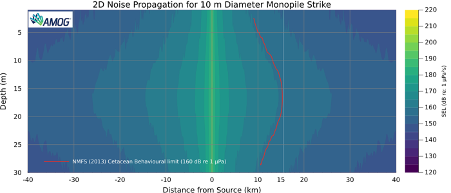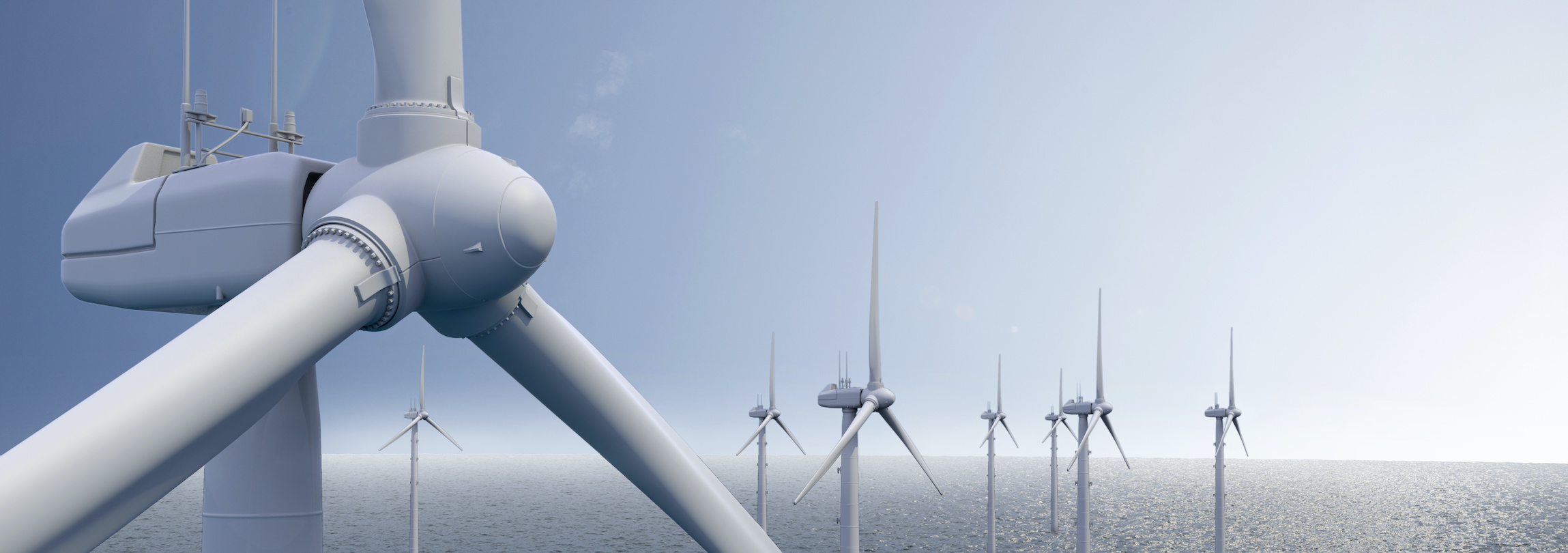Offshore wind energy is rapidly expanding to meet the global demand for energy, with it brings new challenges. The installation of offshore turbine generators in shallow water requires the use of fixed foundations in the seabed. The noise generated during installation can be substantial, affecting nearby marine life.
Offshore wind energy is rapidly expanding to meet the global demand for energy, with it brings new challenges. The installation of offshore turbine generators in shallow water requires the use of fixed foundations in the seabed. The noise generated during installation can be substantial, affecting nearby marine life.
Offshore wind turbine farms will play a significant role in the production of energy in Australia. Large turbines of up to 15 MW are currently at the cutting edge of efficient energy production. These turbines have large blade diameters, spanning over 200 m, weighing more than 1,000 tonnes. Such large turbines must be affixed to large foundation structures to be installed in shallow water of less than 40 m. Steel monopiles are a cost-effective structure of supporting wind turbines. Each monopile is driven into the seabed, using a hydraulic impact ram, requiring hundreds of strikes for each pile. The noise generated from a single strike can easily surpass 200 dB, with larger piles generating more noise. This noise has the potential to harm marine life more than 10 km away from the noise source.
AMOG has extensive capabilities in the modelling of underwater noise due to offshore operations. AMOG has conducted work investigating the environmental effects of noise from vessels and FPSO operations using its hybrid model. This model uses a bespoke approach that accounts for local bathymetry, the frequency range of the source and multiple noise sources. This allows AMOG to predict distances at which behavioural and hearing loss noise thresholds for various marine animal groups are achieved.

How will pile noise affect Australian wind farms?
Several offshore wind farms in Australia are located near whale migration paths, where pile driving operations. AMOG is utilising its capabilities to investigate the environmental impact of pile installation noise on cetaceans. Using its hybrid noise model approach, AMOG can predict the far-field noise transmission for large distances of ~ 50 km. Recently, AMOG has modelled the far-field noise transmission associated with a 10 m monopile in water depths of 30 m. This is based on the specifications outlined in the IEA’s 15 MW reference wind turbine which is extensively used in OWT research. AMOG has predicted noise source sound levels of 220 dB re 1 µPa. It is expected that the noise of installation for this monopile will affect the behaviour whales at distances of up to 15 km from the source. This information can help regulators and operators alike in the planning of installation of piles as the presence of several piles, seabed profile and the seabed conditions will change the predicted noise transmission. The resulting modelling can inform decisions of operation and help establish whale watching perimeters.

What can AMOG offer?
AMOG offers far-field noise modelling capabilities that can predict RMAX and R95 radii for sound pressure levels and sound exposure limits for marine animals. Through its hybrid modelling approach, noise transmission associated with offshore support vessels, pile driving, well-head operations etc, can be predicted. AMOG’s noise modelling accounts for:
• Limestone, sand and multi-layered seabeds
• Steep and complex bathymetry
• Low and high frequency noise sources
• Multiple noise sources at different locations
If you would like to know more about how AMOG can assist with underwater acoustic noise modelling, please contact us on +61 3 9542 3700 or at www.amog.consulting


